Vietnam has identified 800 species of seaweed, of which 90 species have economic value. Currently, in our country there are large-scale seaweed farming areas, combined with other seafood such as oysters, pearls, abalone...
Seaweed is harvested for food, pharmaceutical and cosmetic ingredients. Businesses have even produced bioplastic cups from seaweed.
Many compounds can be extracted from seaweed for use in dentistry or for use in the food industry. For example, in the dairy industry, seaweed extracts are used to create viscosity and blending in milk, said Ms. Nguyen Thi Sam - General Director of Wineco Vietnam Joint Stock Company.
Therefore, in large-scale seafood farming areas such as Quang Ninh, Khanh Hoa, Ninh Thuan , Kien Giang... seaweed farmers can earn billions of dong each year, a livelihood that helps many households escape poverty.
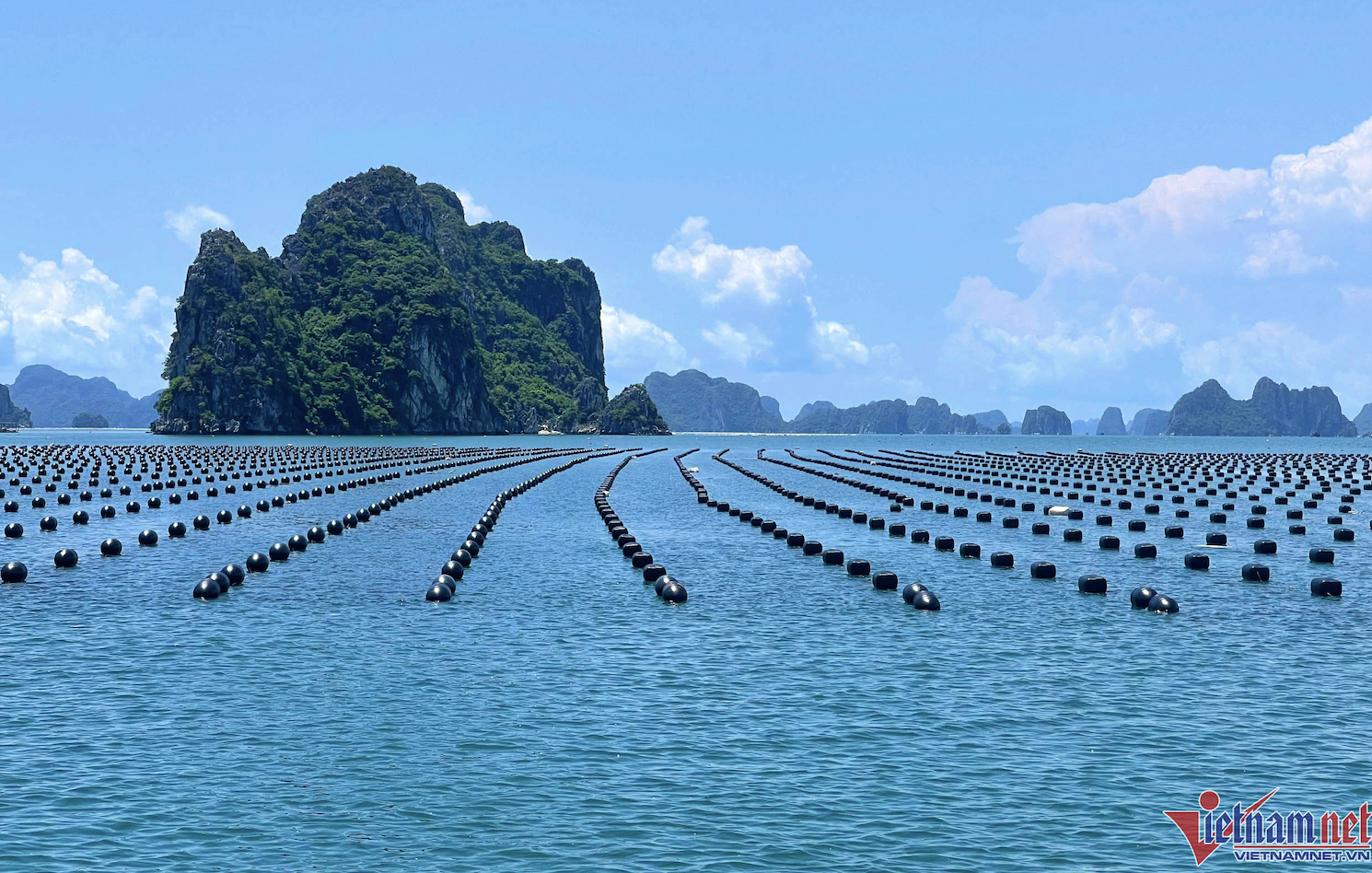
Besides being used as food and raw materials for pharmaceutical and cosmetic production, Mr. Dinh Xuan Lap, Deputy Director of the Center for International Cooperation in Sustainable Aquaculture and Exploitation (Vietnam Fisheries Association), said that domestic and international scientists have conducted research to prove that seaweed has the ability to absorb CO2 about 2-5 times more than forest trees on the same area.
Some broad-canopy algae, such as kelp, have the capacity to absorb CO2 about 20 times more than forest trees. One square kilometer of seaweed farming can store 1,500 tons of CO2. Therefore, expanding seaweed farming areas will create huge carbon sinks for the aquaculture industry.
“We are working with businesses to build the Blue Ocean-Blue Foods program to develop Vietnam's seaweed areas, creating a CO2 absorption basin,” said Mr. Dinh Xuan Lap.
Blue Ocean aims to increase the ability to absorb CO2 from the ocean; Blue Foods aims to reduce greenhouse gases in food production, conduct responsible business, and create sustainable livelihoods for fishermen in coastal areas.
The report of the Department of Fisheries (Ministry of Agriculture and Rural Development) shows that the potential area for seaweed cultivation in our country can reach about 1 million hectares, equivalent to 600,000-700,000 tons of dry seaweed/year. Notably, there are seaweed varieties that absorb 20 times more CO2 than plants on land; there are seaweed varieties that, after being extracted to make cosmetics and pharmaceuticals, the residue can be used as animal feed, helping to reduce the belching that creates methane gas in buffalo and cows.
Accordingly, the agricultural sector identifies seaweed as a green material that helps clean the sea and atmosphere and can bring people a good source of income with low investment costs.
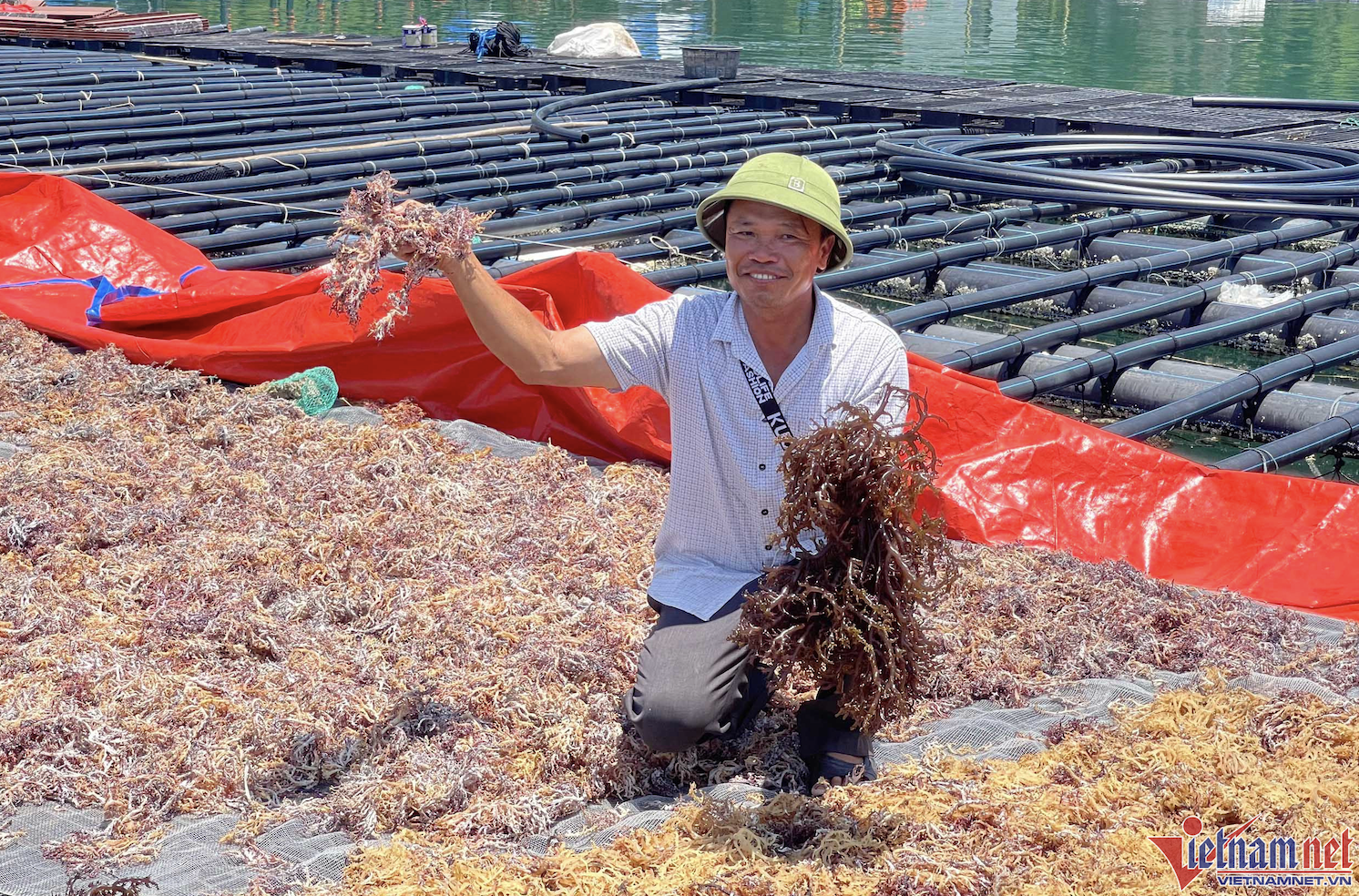
Currently, the seaweed output in our country is only about 150,000 tons/year. Mr. Tran Dinh Luan - Director of the Department of Fisheries, said that when seaweed is developed to a certain area, we will accompany international organizations so that seaweed growers can sell carbon credits.
“In the world, selling carbon credits from seaweed farms in other countries has been mentioned. In our country, selling carbon credits from seaweed is also very feasible,” said Mr. Luan.
With countries' commitments to reduce greenhouse gas emissions, carbon credits are an extremely potential market, expected to reach 50-100 billion USD by 2030. According to PTI news agency, the global demand for carbon credits is currently around 58 billion credits per year.
In Vietnam, forest carbon credits have been successfully transferred at a price of 5 USD/credit. The World Bank has also committed to pay 10 USD/credit for rice carbon credits. Meanwhile, some international organizations have also expressed their intention to buy carbon credits at a price of 20-30 USD/credit.
According to the latest draft of the Carbon Market Development Project in Vietnam, for the period 2025-2028, the carbon market will be piloted nationwide; from 2029, the carbon market will be officially operated nationwide.
Legal and infrastructure issues continue to be built and improved to serve the connection of the domestic carbon market with the region and the world.
If the aquaculture industry expands the seaweed farming area to its potential of approximately 1 million hectares, it will create a huge source of blue carbon credits. When the carbon market is operational, the seaweed carbon reservoir under the sea will be a new resource to help our country's fishermen increase their income.
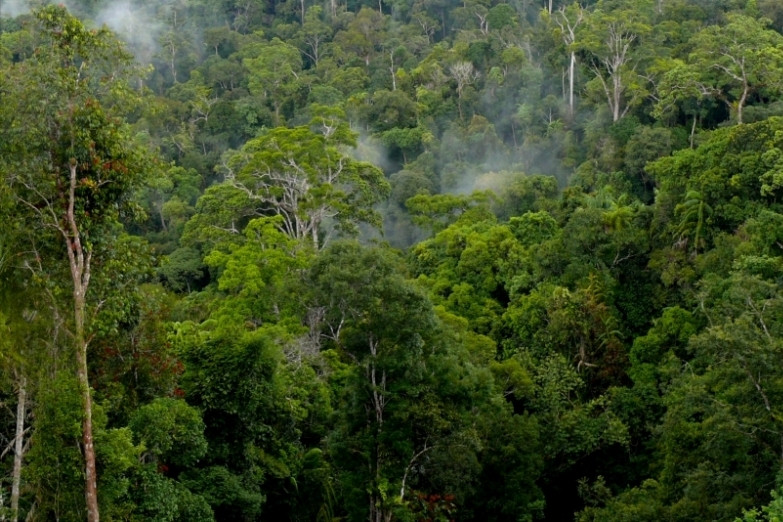
Source: https://vietnamnet.vn/kho-tai-nguyen-moi-duoi-bien-viet-nam-cho-khai-thac-be-chua-carbon-khong-lo-2318442.html



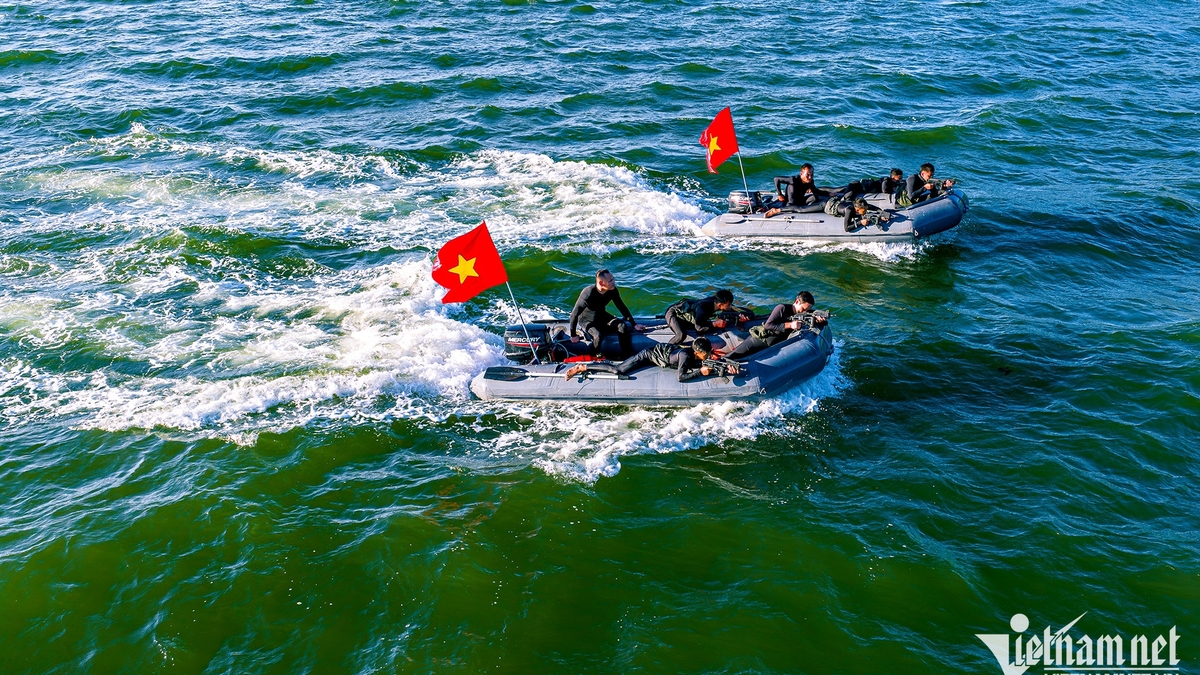

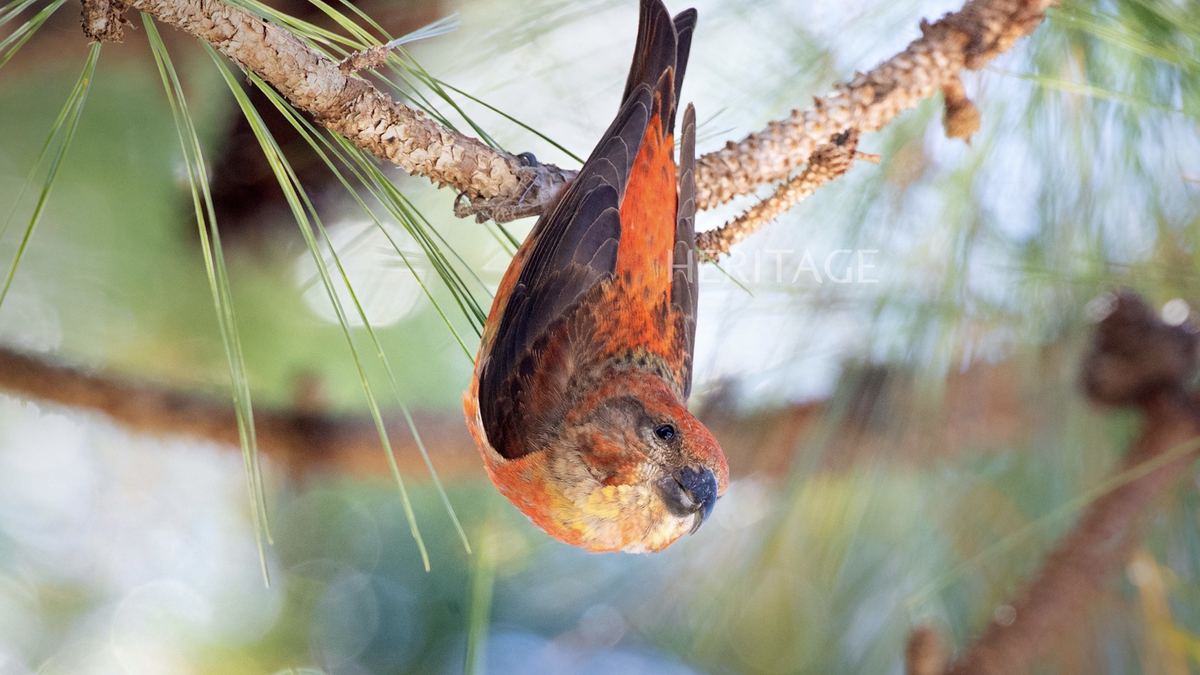
![[Photo] Prime Minister Pham Minh Chinh chairs meeting on nuclear power plant construction](https://vphoto.vietnam.vn/thumb/1200x675/vietnam/resource/IMAGE/2025/10/22/1761137852450_dsc-9299-jpg.webp)
![[Photo] Da Nang: Shock forces protect people's lives and property from natural disasters](https://vphoto.vietnam.vn/thumb/1200x675/vietnam/resource/IMAGE/2025/10/22/1761145662726_ndo_tr_z7144555003331-7912dd3d47479764c3df11043a705f22-3095-jpg.webp)
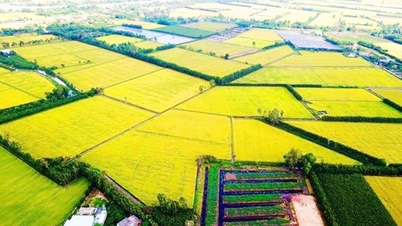



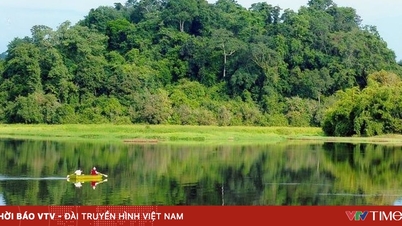







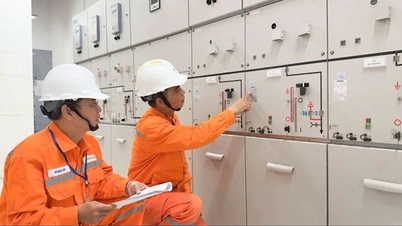

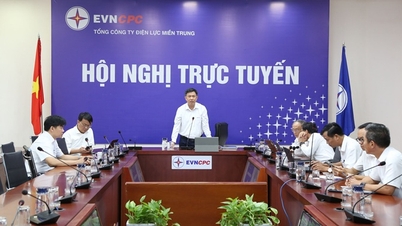










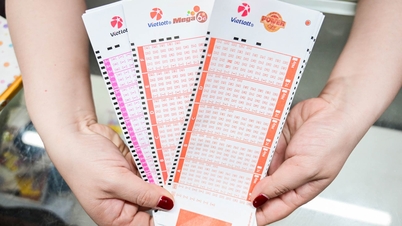



![[Photo] Award Ceremony of the Political Contest on Protecting the Party's Ideological Foundation](https://vphoto.vietnam.vn/thumb/1200x675/vietnam/resource/IMAGE/2025/10/22/1761151665557_giaia-jpg.webp)
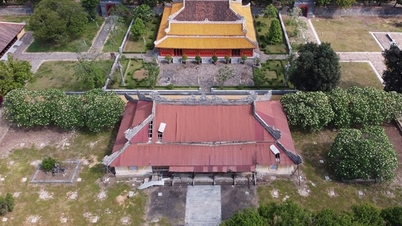

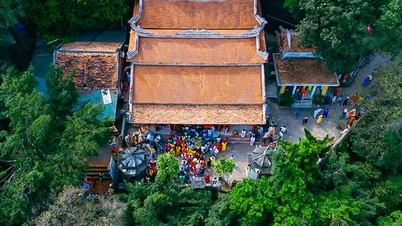
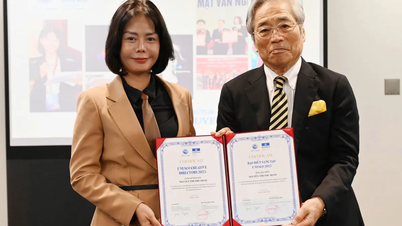




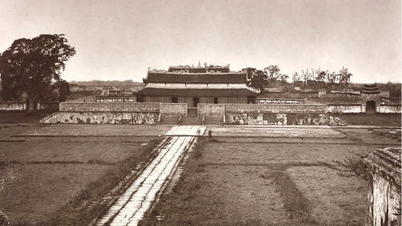













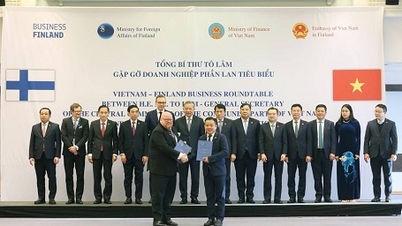


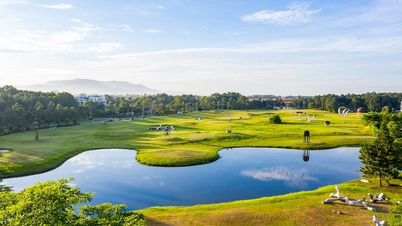






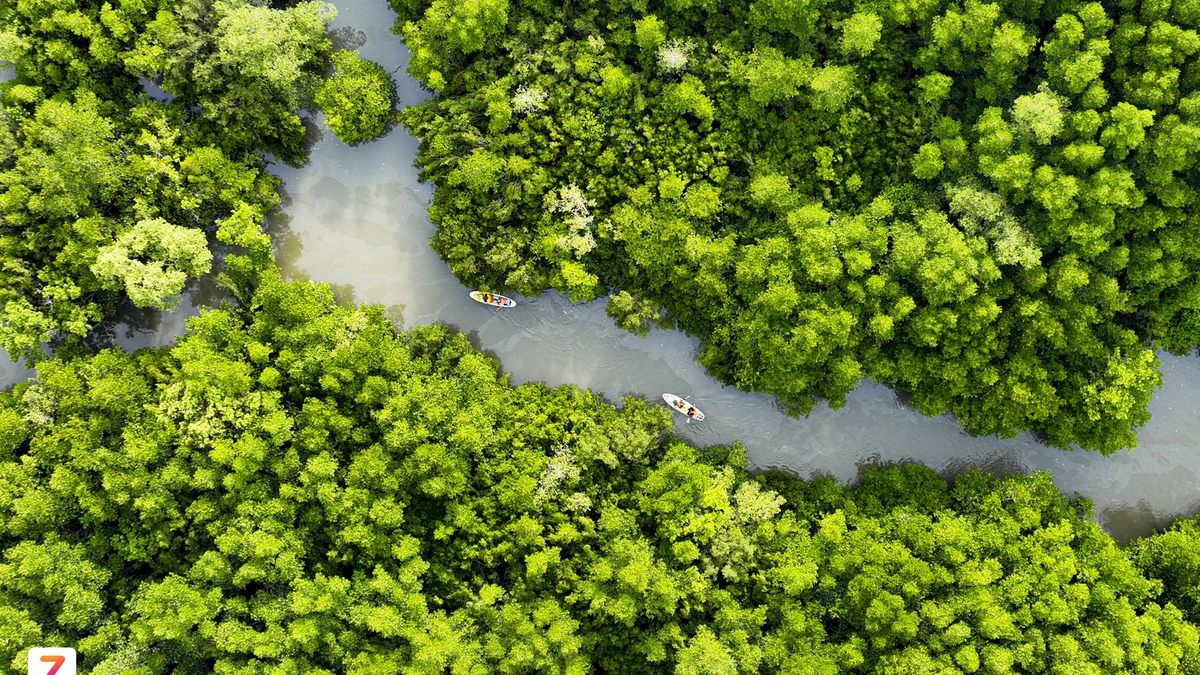
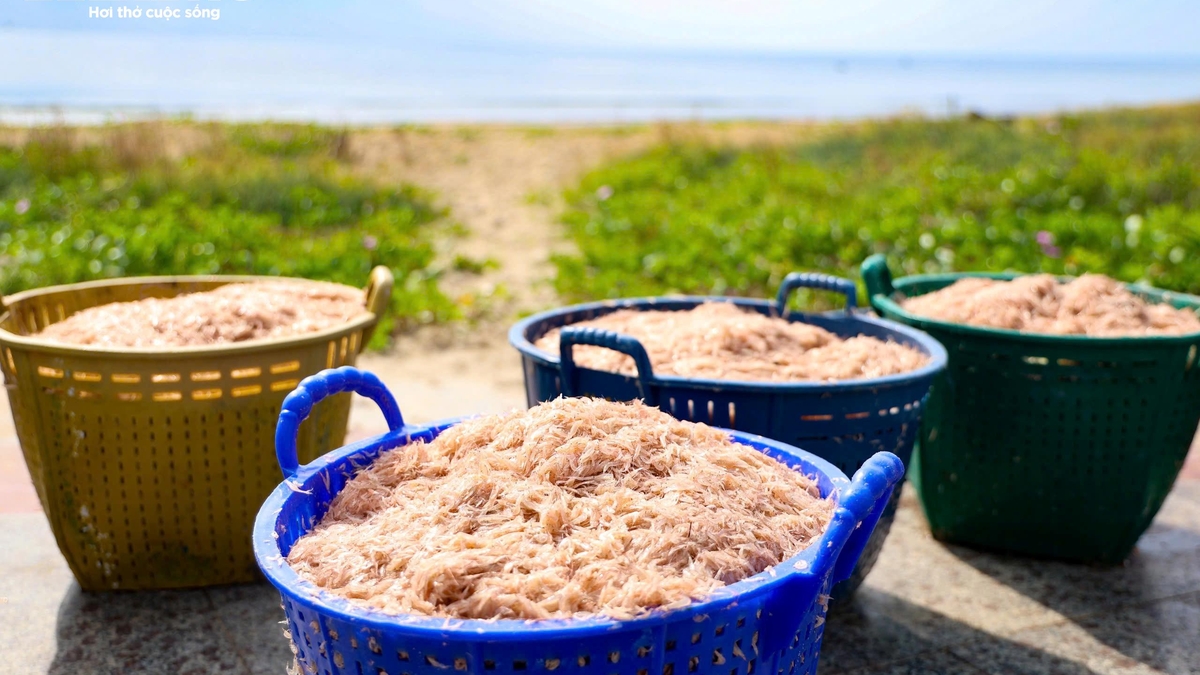




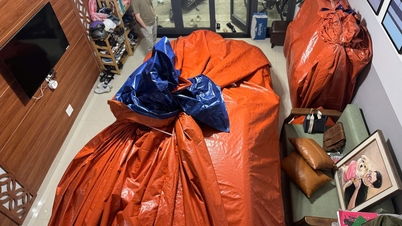
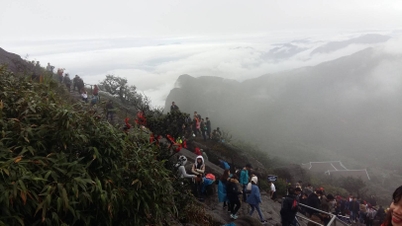

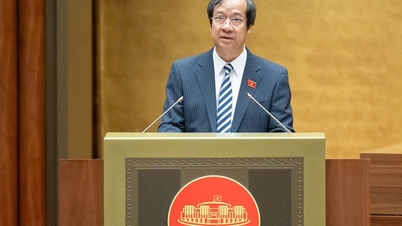


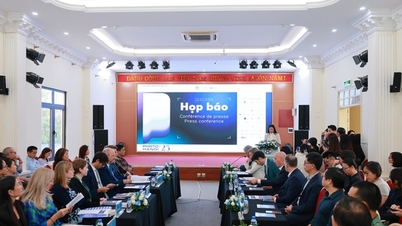
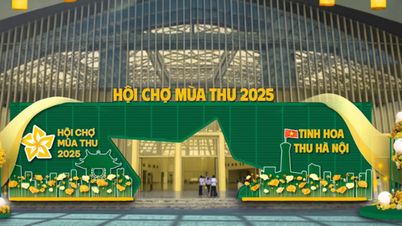
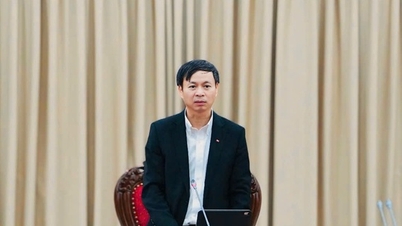


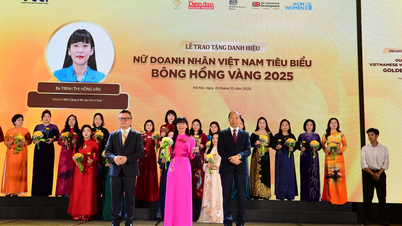

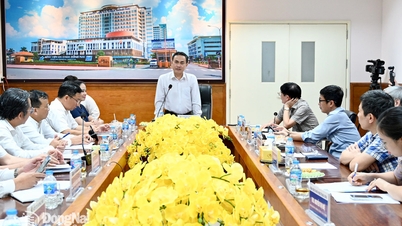










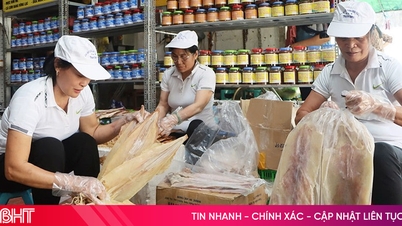



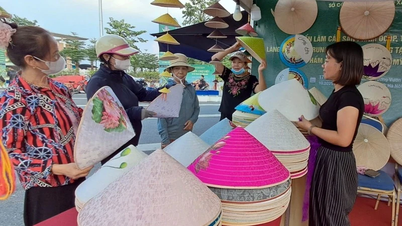





Comment (0)